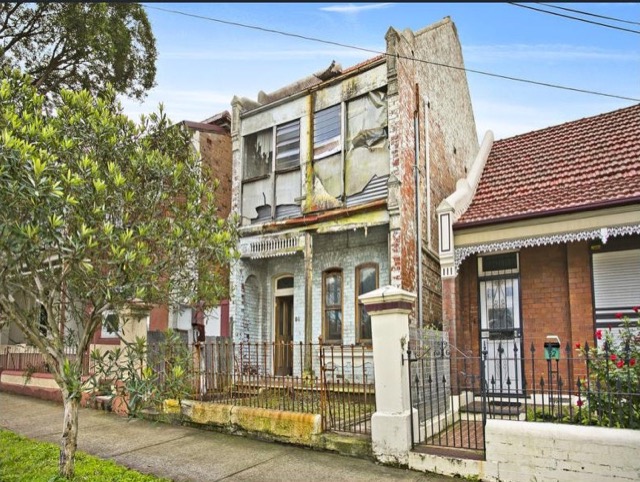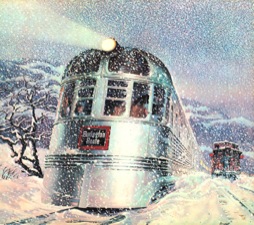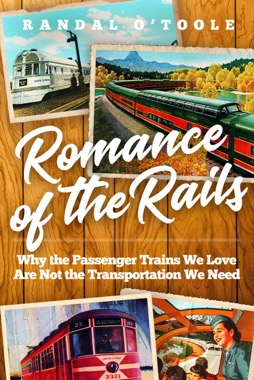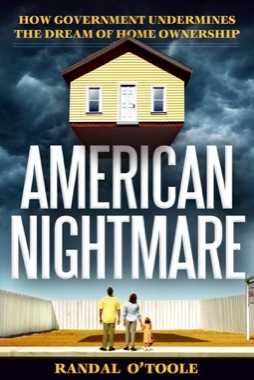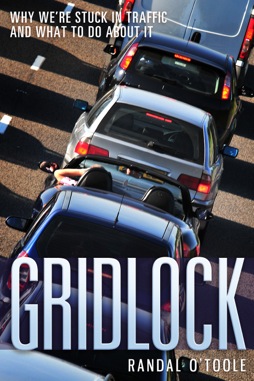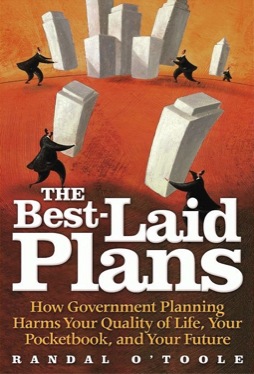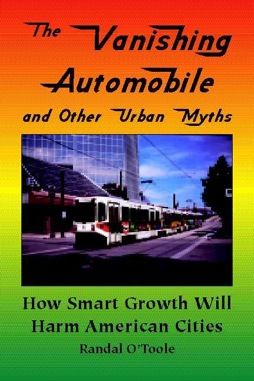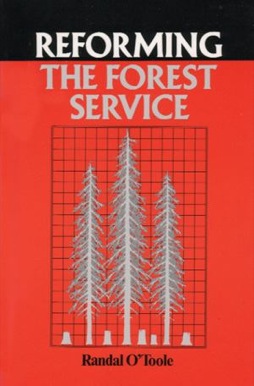Good news: Washington DC is thinking of scrapping its streetcars, which have been in service for just two years and whose ridership is still so poor — about 3,000 weekday riders — that the city is afraid to start charging fares.
Bad news: City officials are only thinking of scrapping the streetcars and not the tracks; instead, they wants to replace the streetcars with brand-new ones because it’s so hard to get spare parts for the ones they have. Each new 30-seat streetcar would cost roughly ten times as much as a 40-seat bus, but cost is no object when you are playing with other people’s money.
The modern streetcar craze, which was only partly fueled by federal funding (Portland, Tacoma, and Washington purchased their first streetcars without federal support), provides a lesson for the writers of Trump’s infrastructure plan. They hope that giving local, not federal, politicians the authority of where to spend money would result in better decisions. In fact, local politicians are just as willing to waste money on gleaming new urban monuments as federal ones. Continue reading

